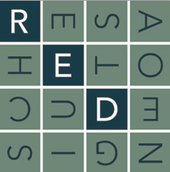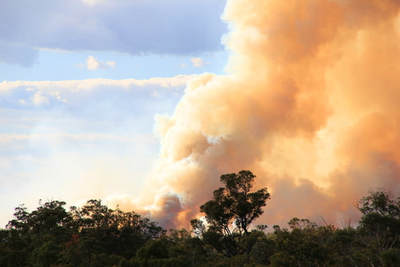|
Prescribed burning is a widely practiced bushfire hazard management strategy. While evidence points to reduced levels of public health harm compared to severe bushfire, smoke created by prescribed burns remains a health and community concern with need for evidence-based public health management. In our recently published paper, findings and recommendations are presented from a largely qualitative Victorian study of community experiences of prescribed burns, associated smoke, and public health communications. Our study’s findings are consistent with the risk perception literature that points to risk perception as being culturally determined, and related to experience, memory, and values. Findings also suggest that the relationship of communities to their local environment (rural, forest, or urban) are also important defining factors in community interpretations of risk and consequences due to bushfire events. These possibilities further clarify the need to understand the context of place in both its social and physical forms when developing strategies for managing the health effects of prescribed burns and the communications that go with this. The degree of connectivity of communities to their surrounding environment further reinforces the notion that – risk communication needs to become more of a dialogue between authorities or experts on one hand, and communities bringing local knowledge on the other. This does require more time and effort on the part of government or industry and is contrary to the heavy focus on rolling out smart technology communications, such as apps that provide information and notifications, or social media messaging. From our case studies, it is apparent that – both participatory dialogue and smart technologies are appropriate, but neither on their own are likely to reach all target groups. Across a range of disciplines (including disaster management, environmental change, and public well-being literatures), participatory engagement processes are seen as central approaches in building resilient communities, and strengthening personal and collective agency. It makes sense then to ensure we consider this in our hazard management strategies. RecommendationsWith respect to communications around the health risks of prescribed burns and actions individuals and households can take, our study recommends that communication needs to:
AUTHOR: ANNA LYTH [email protected] To access the full peer reviewed journal article go to: https://doi.org/10.1080/13549839.2018.1508205 or contact Anna Full article citation is: Lyth, A., Spinaze, A., Watson, P., & Johnston, F., 2018. Place, human agency and community resilience – considerations for public health management of smoke from prescribed burning. Local Environment, published online 13 Aug 2018. Acknowledgements: Thanks also to co-authors Fay Johnston, Anna Spinaze and Phillipa Watson. This work was led by the Menzies Institute for Medical Research, University of Tasmania, and funded by the Victorian Government Department of Environment, Land, Water and Planning (DELWP) through the Australian Bushfire and Natural Hazards Cooperative Research Centre.
5 Comments
|
Proudly powered by Weebly

